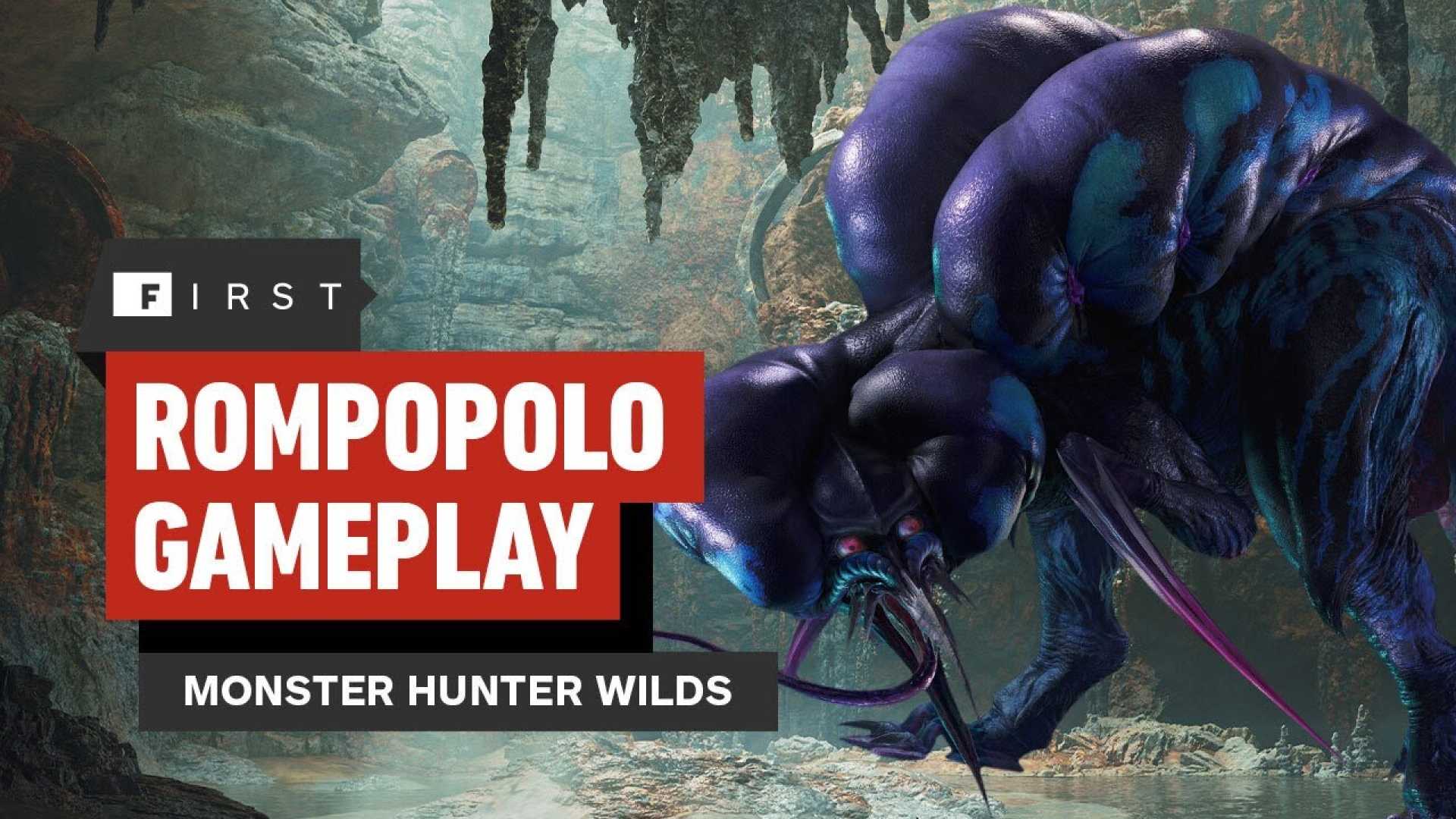Entertainment
Monster Hunter Wilds: A Deep Dive into the Oilwell Basin

OSAKA, Japan — On the third day of a hands-on preview at Capcom’s Osaka headquarters, I found myself immersed in the world of Monster Hunter Wilds, the highly anticipated next installment in the beloved action-RPG series. The dimly lit conference room, strewn with empty coffee and tea cans, became the backdrop for an unforgettable gaming experience.
Monster Hunter Wilds, set for release in 2025, builds on the foundation of its predecessors while introducing new mechanics and environments. The game’s story mode thrusts players into the action almost immediately, with the first large monster hunt occurring within 20 minutes of character creation. This streamlined approach contrasts with earlier entries, which often required extensive preparation and grinding before the real fun began.
One of the standout features of Wilds is the Oilwell Basin, a sprawling, vertically connected map inspired by the deep sea. The area is home to a diverse array of monsters, including the grotesque Rompopolo, the aggressive Ajarakan, and the returning Gravios. Each creature is designed to interact uniquely with its environment, creating dynamic and challenging encounters.
“We’ve been incredibly careful in Wilds to guide players to the fun of Monster Hunter without changing the core of the series,” said series producer Ryozo Tsujimoto. This sentiment is echoed by art director Kaname Fujioka, who emphasized that the game’s difficulty remains consistent with Monster Hunter: World.
The Oilwell Basin’s apex predator, Nu Udra, is a technical marvel. This octopus-like cephalopod uses a new skeleton system, allowing its tentacles to move independently. Its unpredictable attack patterns and environmental interactions make it a formidable foe. “It’s a crystallization of the staff’s efforts,” said director Yuya Tokuda, who expressed pride in the team’s ability to bring such a complex creature to life.
Wilds also introduces a three-mode climate cycle—Plenty, Fallow, and Firespring—that dramatically alters the visual and gameplay experience. These changes, combined with the day-night cycle, add depth and variety to the game’s expansive maps, which are reportedly two to two-and-a-half times larger than those in Monster Hunter: World.
Despite the game’s accessibility improvements, veteran players will find plenty to challenge them. My time with Wilds revealed a balance between streamlined mechanics and the series’ signature depth. While I breezed through early hunts, the encounter with Nu Udra served as a reminder of the skill and preparation required to master Monster Hunter.
As I left the conference room, my mind was already racing with anticipation for the game’s release. Monster Hunter Wilds promises to deliver the thrilling hunts and intricate systems that fans love, while welcoming newcomers with open arms. Whether you’re a seasoned hunter or a curious newcomer, Wilds is shaping up to be an unforgettable adventure.












